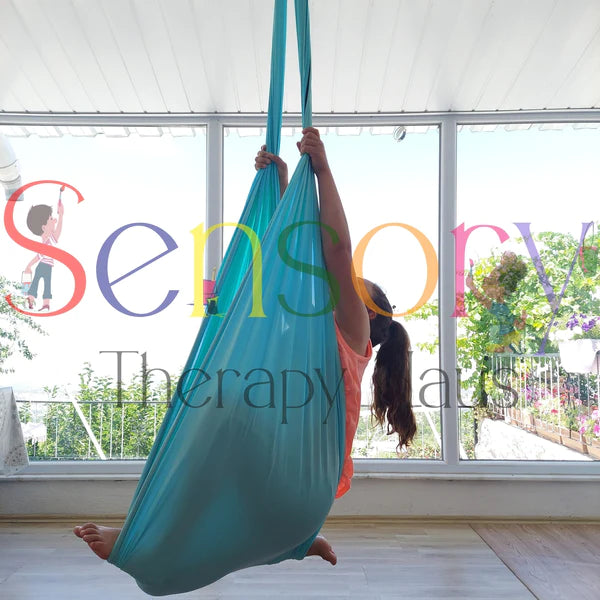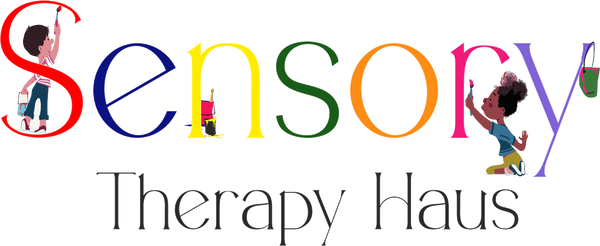
Sensory Toys for Children with Autism
Share
Sensory Toys for Children with Autism
Introduction
Autism is commonly accompanied by sensory issues. The American Psychiatric Association even added sensory sensitivities to the list of symptoms that help diagnose autism in 2013. If you have a child dealing with sensory issues, you might want to try bringing home some sensory toys for autism for them to play with.
What Are Sensory Toys?

Sensory toys are designed to stimulate a child’s five senses: sight, sound, touch, smell, and taste. They might include elements such as bright, contrasting colors, sounds, or different textures. These toys are meant to help children develop their senses in a safe and natural environment using play.
Types of Sensory Issues
There are two types of sensory issues that might affect a child with autism: hyper-sensitivities and hypo-sensitivities. Both types of sensitivities affect how the child processes and reacts to different types of stimuli. According to Autism Speaks, these can include, but are not limited to:
- Sights
- Sounds
- Smells
- Tastes
- Touch
- Balance
- Body Awareness
Hyper-Sensitive Children
Children who are hypersensitive are overly responsive to stimulants. This is often called “sensory overload.” Both regular and extreme stimuli, like bright lights or strong smells, can affect hyper-sensitive children, leaving them feeling overwhelmed. There are strategies and autism toys that can help with sensory hypersensitivity, but consultation with an occupational therapist or professional is recommended for appropriate support.
Hypo-Sensitive Children
Some children with autism are under-responsive to senses and stimulants. Examples include low sensitivity to pain. Children who have hypo-sensitivity may also be under-responsive to body signals affecting balance control and physical coordination. Accommodations for hypo-sensitive children include weighted blankets, strong-tasting or textured foods, and activities that practice physical skills such as dancing, jumping, running, and catching.

How Sensory Toys Help Autism
Sensory toys help children with autism relax, focus, and calm down in various scenarios or events. They aid in grasping objects with decreased fear and discomfort, ultimately helping them play naturally. Sensory toys also contribute to the development of social learning skills like negotiating, planning, and sharing.
How Are Sensory Toys Used?
The use of sensory toys to help children with autism is becoming more common. There are many different types of sensory toys for autism available, appealing to one or more of the different senses. Sensory toys work to engage a child’s senses in an enjoyable way. While sensory toys can help children focus better, calm down, and relax, it's essential to note that they do not replace formal and evidence-based treatment for autism spectrum disorders. Sensory toys are meant to help a child learn more about their senses in a fun way, aiding them in better understanding and managing their senses.
